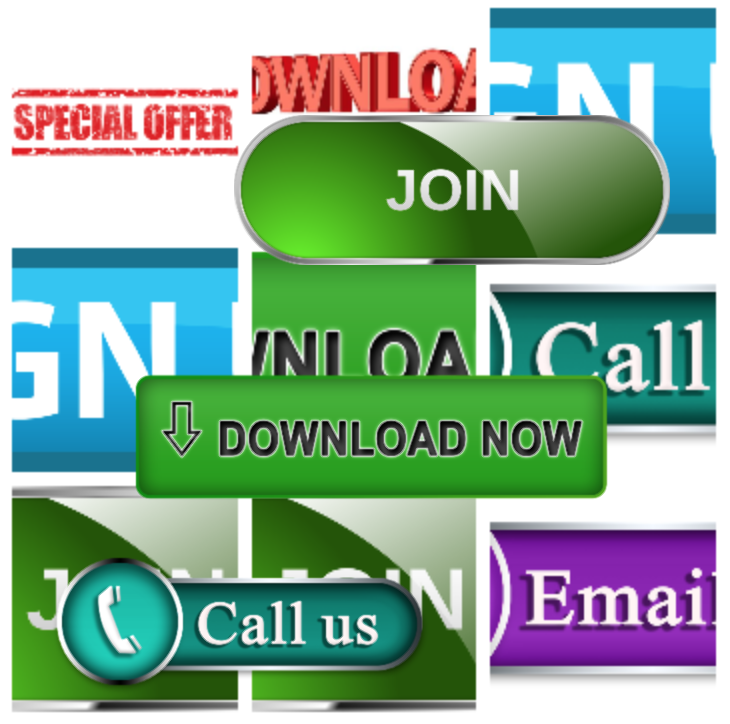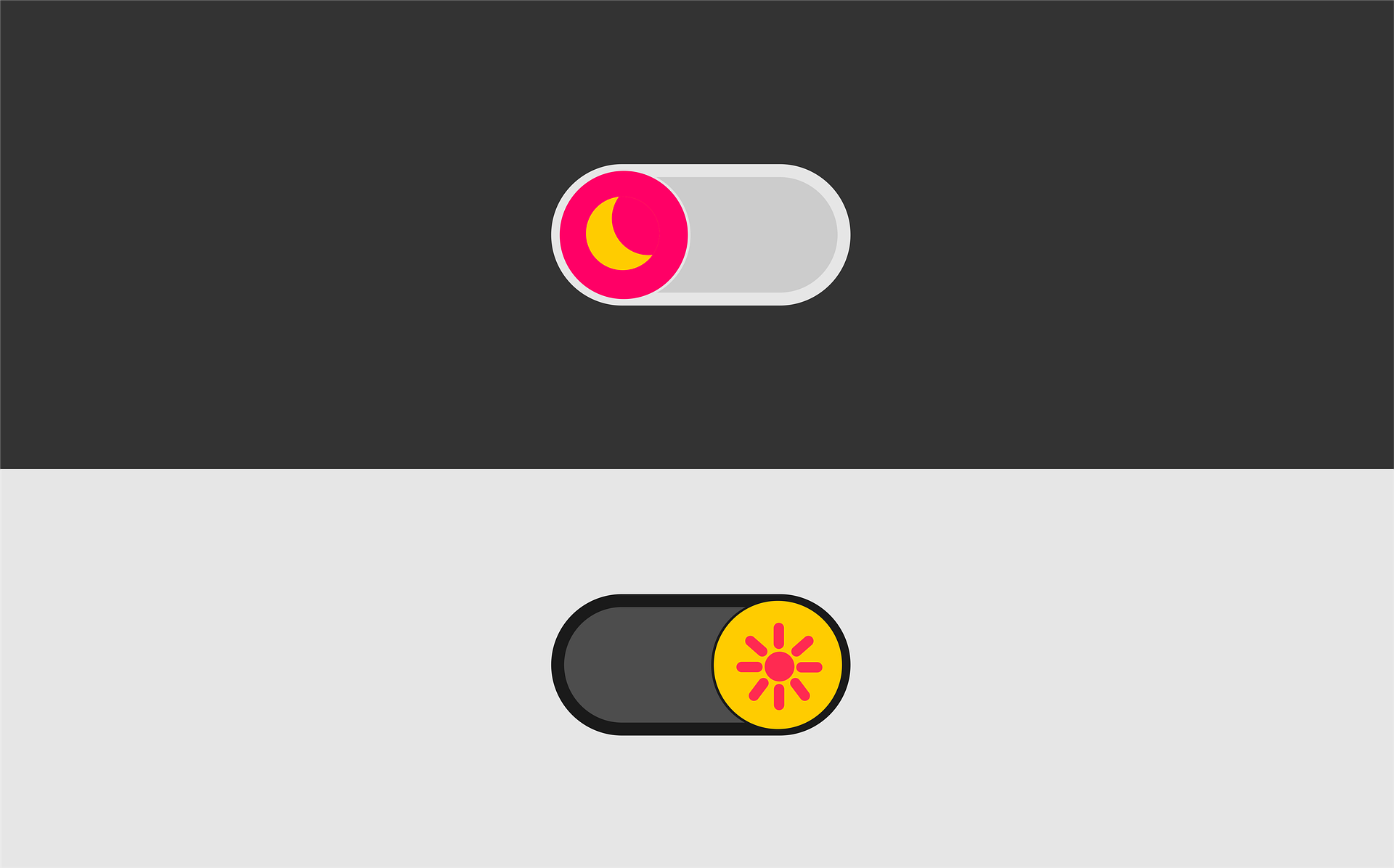

Call to Action buttons are something we often use and implement but, we rarely talk about what exactly makes them effective or ways to improve them. To start off, call to action (or CTA) buttons are buttons that are used on websites, apps, or landing pages that’s goal is to help guide users towards completing the task you have set out for them. CTA buttons are the buttons that your user needs to click in order to take the action you want them to take, whether it be signing up for your newsletter, or completing a purchase.
It is important to remember that CTA buttons are just that: buttons. While they can vary in size, style and color depending on your goal conversion or website style, they are still just buttons. They are not texts, hyperlinks, or black holes. While this sounds silly and a bit like pointing out the obvious, it is important to remember the ultimate purpose of a CTA when aiming to create an effective call to action button for your website or landing page. The goal is to create an effective button that will help to generate more conversions on your website or landing page. And what is a button’s ultimate purpose? To get clicked.
But, why do some CTA buttons get clicked and others don’t? Unfortunately, there is not quick and easy answer, or universal template that will ensure that your CTA gets clicked. However, there are several best practices that can be applied to help make sure that your button gets clicked. Because the more the CTA button gets clicked, the more conversions you are completing.
Below are some of the best practices that can help create an effective CTA button.
- Stand out
It is critical that your call to action button stands out as its own piece from the rest of your page. Use a strong border or a different color to help ensure users know that it is a button. - Use Color
What better way to stand out than with an eye-catching color that stands out from the rest of your page? A grey button on a grey background blends in and can get lost. Do not be afraid to implement color into your CTAs. - Be Clear and Concise
Once again, the CTA is a button. It is not text, or a hyperlink. Do not overwhelm users with a long sentence, keep it short and sweet. - Make Sure It’s Compelling
While keeping it short and sweet, make sure it still gives readers a reason to want to click. Make sure that your CTA clearly states what it’s purpose is so your user will know what they are getting by clicking it. - Action-Oriented Words
One way to ensure that your CTA is compelling is to use action-oriented words, or “trigger words”, that help your user understand the immediate action presented by the CTA. Some good action words are “Get”, “Open”, “Go” and “Download”. - Keep it Easy to Find
After implementing all of these best practices, it is important to not forget to make your CTA button easy to find. Keep it towards the top of the page, preferably above the fold, and away from large blocks of text.
Once again, there is no universal “one size fits all” CTA button. CTA buttons will vary in size, color and shape just like they vary in their purpose and ultimate goal. It is important to remember that your CTA button is designed with the end goal you wish to have your users complete by visiting your page. Keep that goal at the center of the design, and remember some of the best practices to help ensure that your CTA button will get clicked.
READ MORE: Microinteractions: The What and The Why, How to Create Trust Through Digital Design, The UX of Color, When Should You Use Clickable Prototypes










Comments
Add Comment